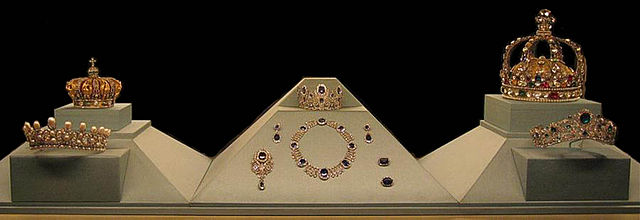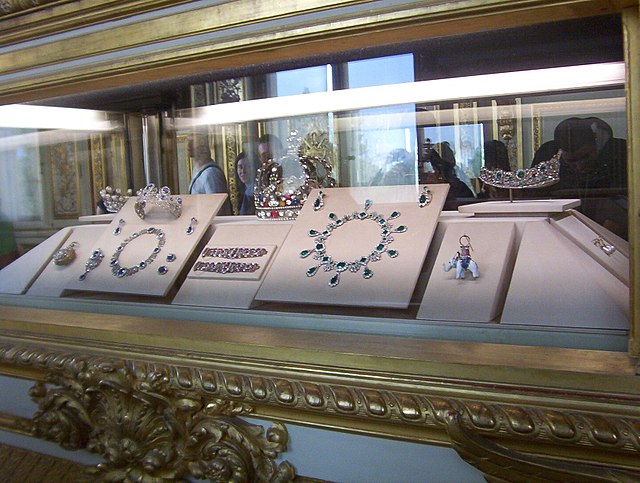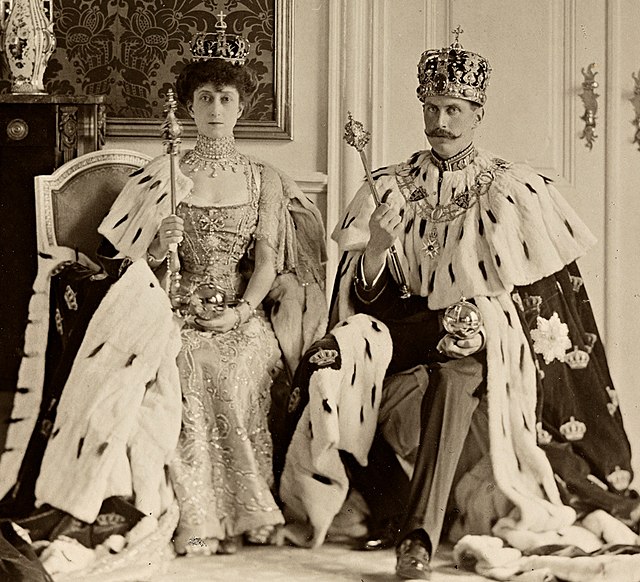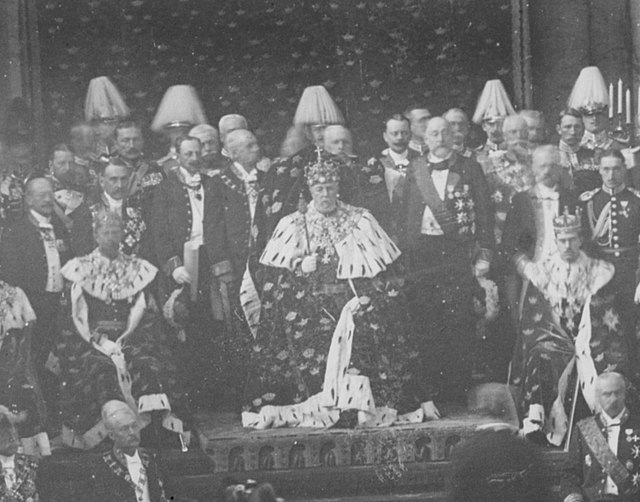The French Crown Jewels and Regalia comprise the crowns, orb, sceptres, diadems and jewels that were symbols of Royal or Imperial power between 752 and 1870. These were worn by many Kings and Queens of France as well as Emperor Napoleon. The set was finally broken up, with most of it sold off in 1885 by the Third Republic. The surviving French Crown Jewels, principally a set of historic crowns, diadems and parures, are mainly on display in the Galerie d'Apollon of the Louvre, France's premier museum and former royal palace, together with the Regent Diamond, the Sancy Diamond and the 105-carat (21.0 g) Côte-de-Bretagne red spinel, carved into the form of a dragon. In addition, some gemstones and jewels are on display in the Treasury vault of the Mineralogy gallery in the National Museum of Natural History.

Crown Jewels of France, on display at the Louvre with the crown and diadem of Empress Eugénie to the left, the set of Queen Marie Amélie in the centre, and the crown of Louis XV to the right with the diadem of the Duchess of Angoulême
The Côte-de-Bretagne red spinel with the set of Queen Marie Amélie to the left, the bracelets and diadem of the Duchess of Angoulême in the centre and upper right and, between them, the set of Empress Josephine
Crown of Louis XV
Joyeuse, the legendary sword of Charlemagne, in the Louvre, Paris.
Regalia is the set of emblems, symbols, or paraphernalia indicative of royal status, as well as rights, prerogatives and privileges enjoyed by a sovereign, regardless of title. The word originally referred to the elaborate formal dress and accessories of a sovereign, but now it also refers to any type of elaborate formal dress. The word stems from the Latin substantivation of the adjective regalis, "regal", itself from rex, "king". It is sometimes used in the singular, regale.
Queen Elizabeth II with her regalia
King Haakon VII and Queen Maud of Norway with their regalia in 1906
King Oscar II of Sweden, his crown prince Gustaf (V) and grandson Gustaf (VI) Adolf in their crowns and coronets on a state occasion about 1900.
Emperor Pedro II of Brazil wearing elements of the Imperial Regalia. Detail from a 1872 portrait by Pedro Américo.








